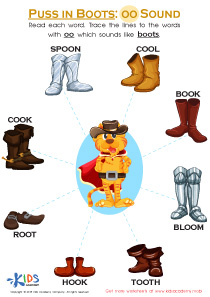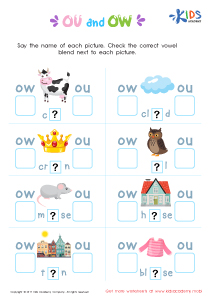Reading comprehension Vowel Blends Worksheets for Ages 3-8
7 filtered results
-
From - To
Discover our engaging Reading Comprehension Vowel Blends Worksheets designed for children aged 3 to 8! These worksheets enhance early literacy skills by focusing on vowel blends, crucial for reading fluency. With colorful illustrations and age-appropriate exercises, kids will practice blending vowels and improving their comprehension. Our interactive activities boost vocabulary and confidence while supporting phonetic awareness. Ideal for classroom or home use, these resources cater to different learning styles, making reading a fun experience. Help your child build a strong foundation in reading with our thoughtfully crafted worksheets, perfect for developing essential skills that set the stage for lifelong learning.
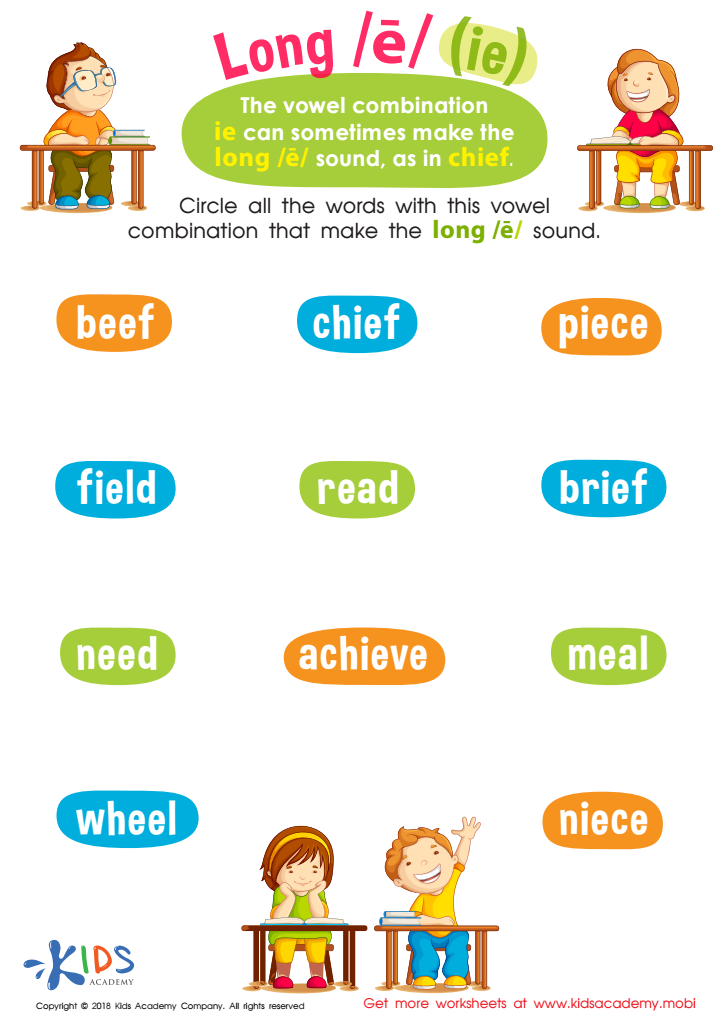

Reading: Long E and IE Worksheet


short vowels Worksheet
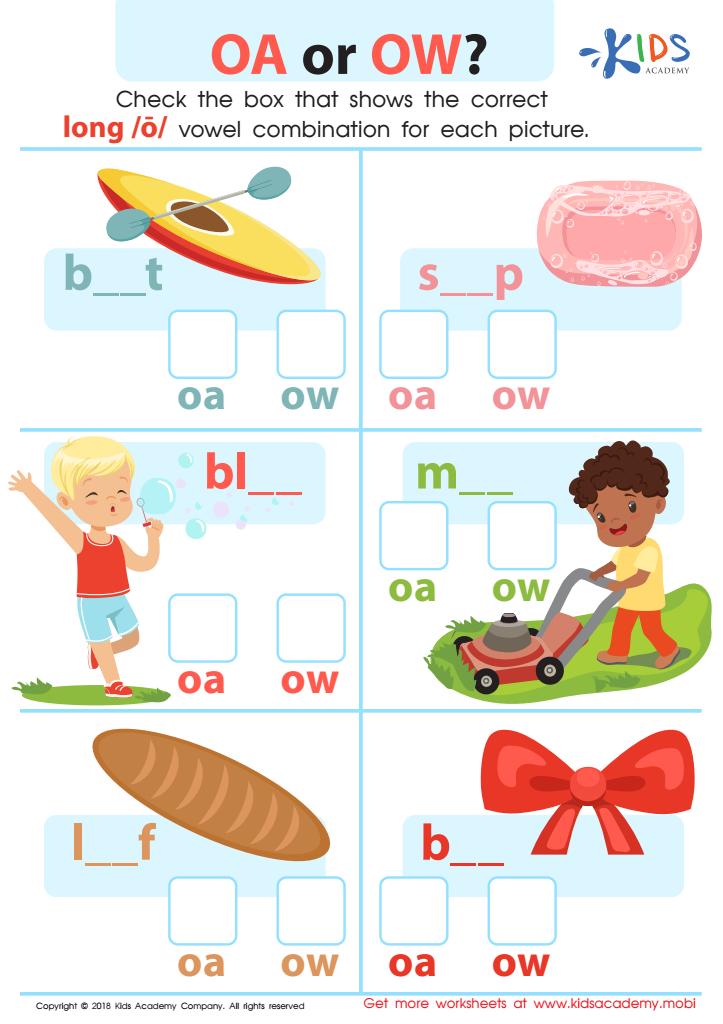

Reading: OA or OW Worksheet


Vowel Diphthongs OI OY Worksheet
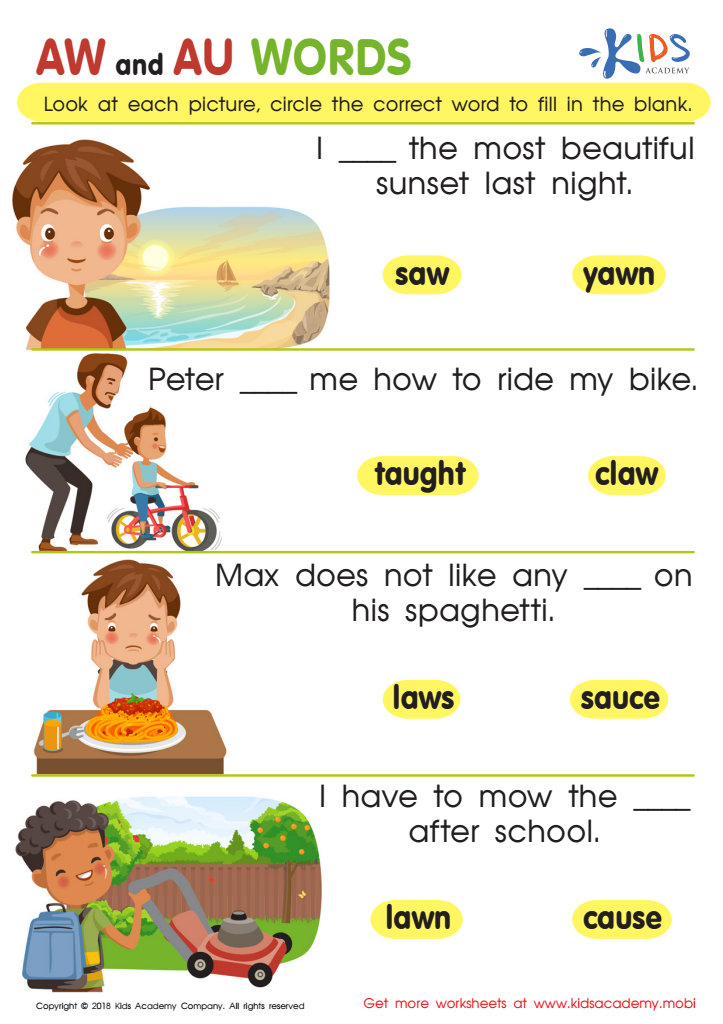

Reading: AW and AU Words Worksheet


Reading: EA as in Bread Worksheet


Long and Short E Worksheet
Reading comprehension is pivotal for young learners aged 3-8, and focusing on vowel blends is a vital component of this foundation. Vowel blends, or combinations of vowels that create distinct sounds (like “ai” in “rain”), play a critical role in building phonemic awareness and literacy skills. Understanding these blends enhances children’s ability to decode new words, contributing to increased vocabulary and improved reading fluency.
Parents and teachers should prioritize teaching vowel blends because they are essential for comprehension. As children encounter more complex texts, the ability to recognize and interpret vowel blends aids in understanding the relationships between sounds and letters, laying a groundwork for more advanced reading skills. This knowledge empowers children to tackle unfamiliar words independently, boosting their confidence and encouraging positive attitudes toward reading.
Moreover, strong reading skills correlate with academic success across subjects. By focusing on reading comprehension and vowel blends, families and educators provide children with the necessary tools to navigate educational content confidently. Ultimately, fostering these skills at an early age makes a significant difference in a child’s future learning experiences, promoting lifelong literacy and a love for reading.
 Assign to My Students
Assign to My Students











